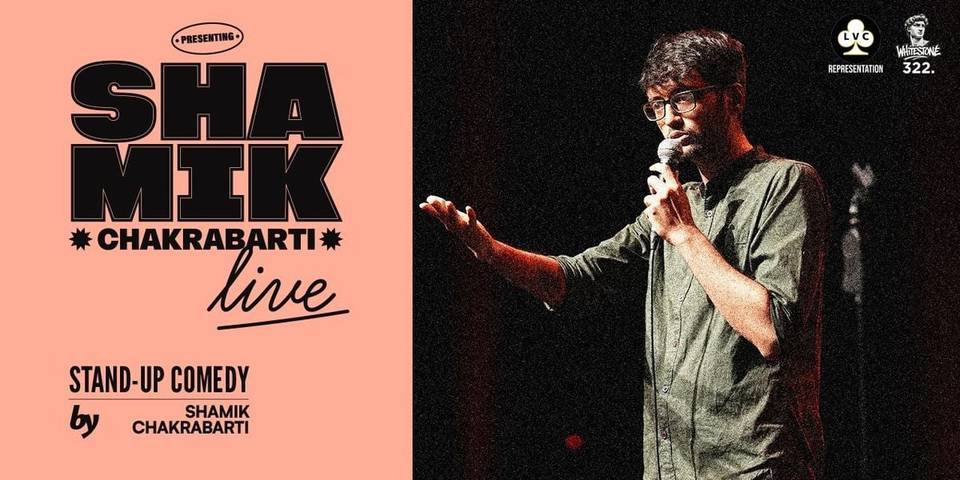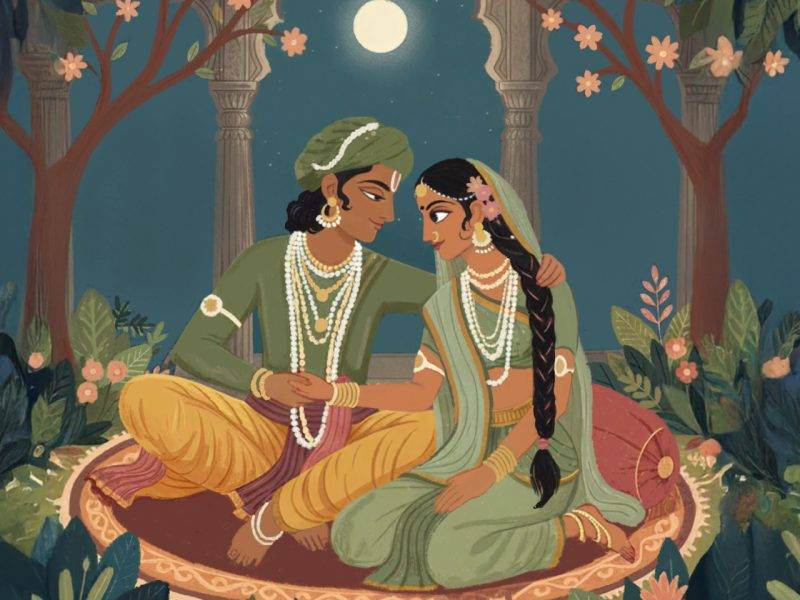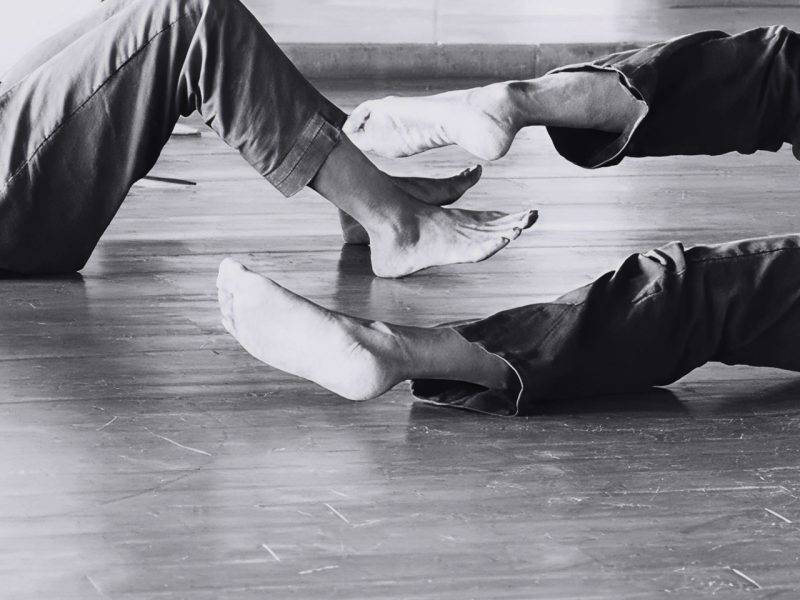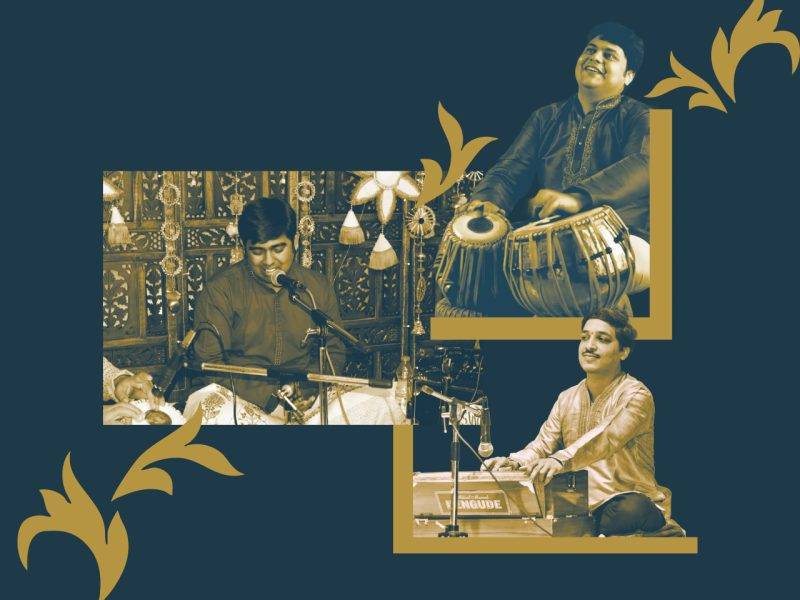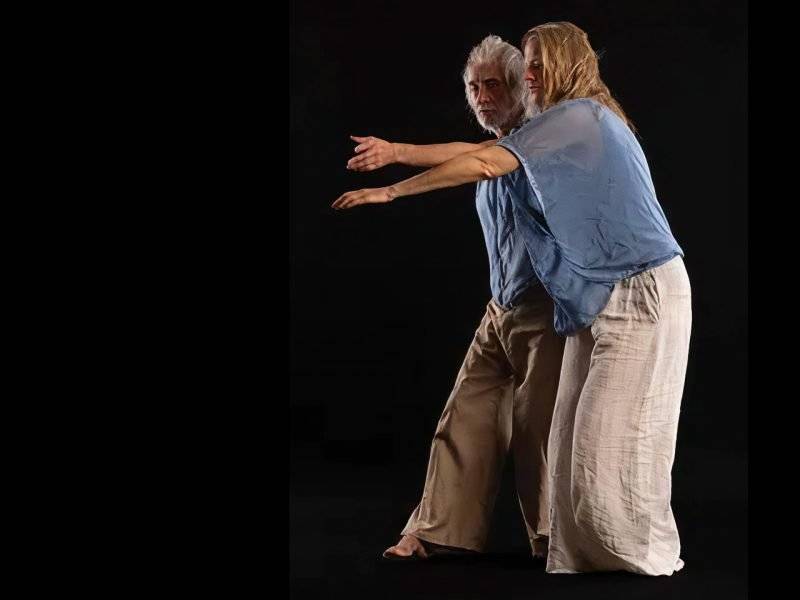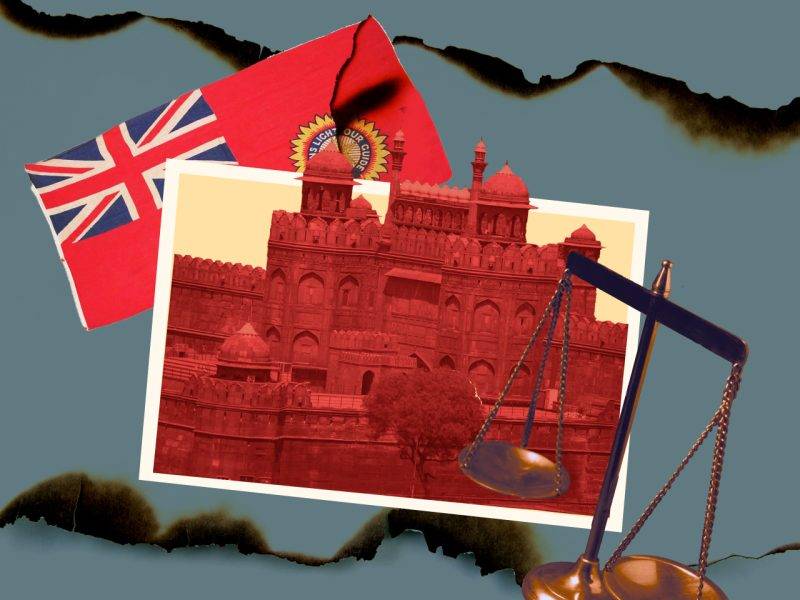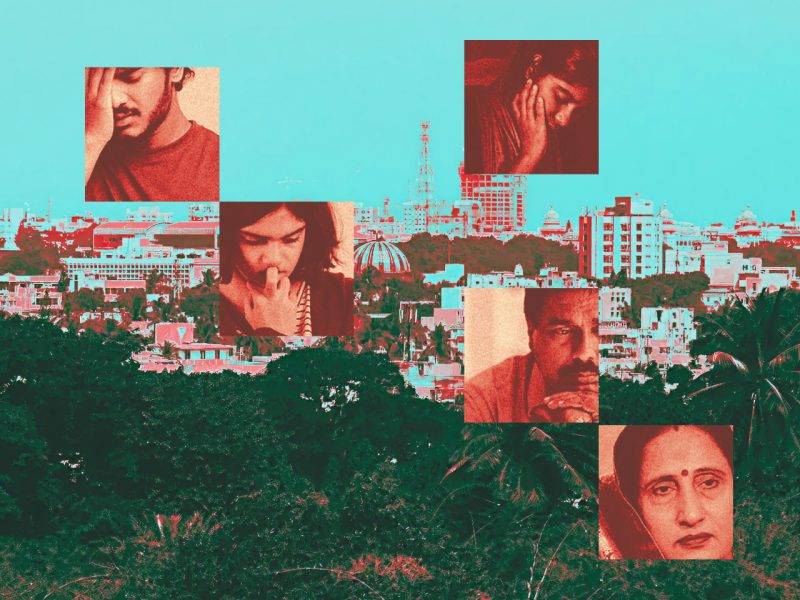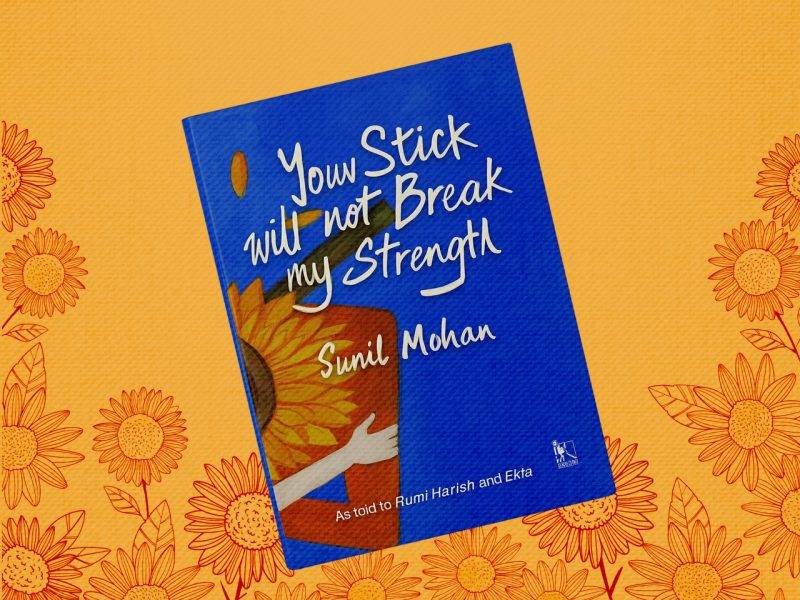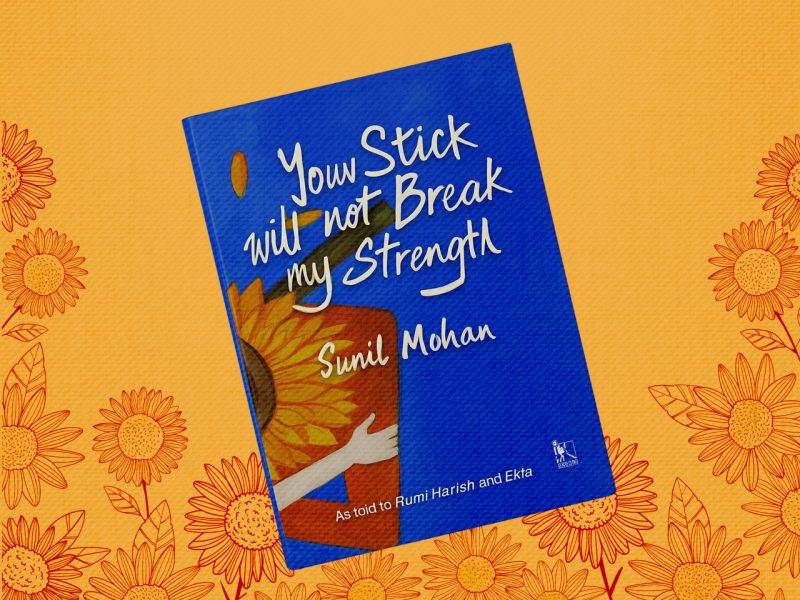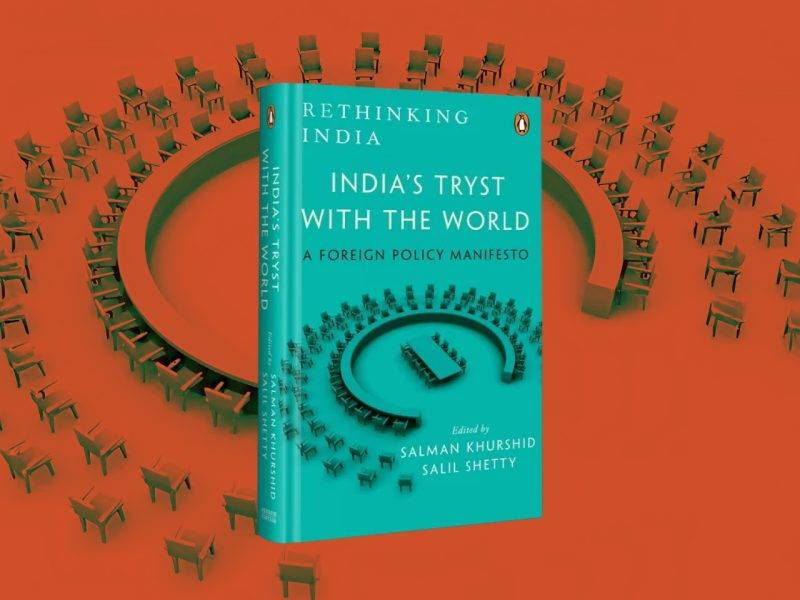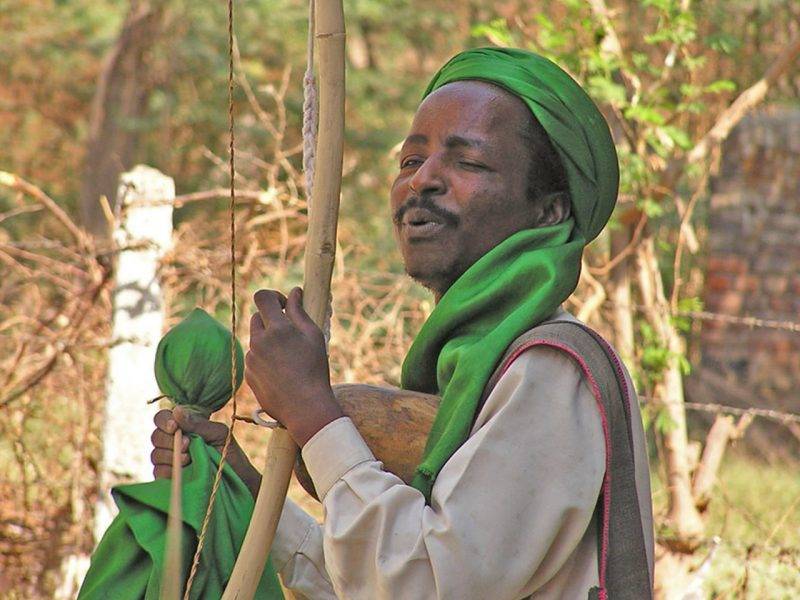Abu’s World Celebrating Abu Abraham in His Centenary Year
Your event is submitted for moderation. It will go live when approved.

Details
Aug 23 2024 to Aug 26 2024 10 a.m.
EVENT HAS ENDED
Where
Bangalore International Centre
7 4th Main Rd, Stage 2, Domlur 560071
Event Description
Exhibition Opening: Friday, 23 August 6:30 pm Timings: 10 am to 8 pm Exhibition on show until Monday, 26 August Walkthroughs with the Curator: Friday 23 August, 6:45 pm Saturday, 24 August, 11:30 am and 6:00 pm Sunday, 25 August, 3:00 pm and 6:00 pm Monday, 26 August, 6:30 pm Panel Discussion: Sunday, 25 August, 11:00 am It has been almost 22 years since Abu Abraham’s acerbic pen was laid to rest in his home state of Kerala. But the magnificent oeuvre of this renowned Thiruvalla-born cartoonist, artist, journalist, and author will endure. In his nearly six-decade career, from the late 1940s to the early 2000s, with some of the leading publications in India and England, Abu captured the zeitgeist of those turbulent times in his prodigious output that comprised political cartoons, illustrations for newspaper columns, caricatures, comic strips, impressionist sketches, travel drawings, portraits, and even an animation film titled No Arks. On display are cartoons, sketches, and notebooks, including some that have never been seen in public before. These works also chronicle his extensive travels all over the world, his presence at momentous events, and his meetings with the famous personalities of those times. Abu’s career peaked in the 1970s after he returned to India from England. From his vantage point in the national capital, he was able to dissect major events like the Bangladesh War and the Emergency with his biting wit that never shied away from speaking truth to power. Not surprisingly, Prime Minister Indira Gandhi, who was at the centre of most political developments, figured prominently in his cartoons, as did the national and regional leaders who were in opposition to her, including those from her own party. This centenary exhibition provides a glimpse into Abu’s large body of work, evoking his versatility as an artist and the spirit with which he lived his life. True to the ethos of political satire, he does not spare anyone! The exhibition has travelled to Kochi and Kolkata and will go to New Delhi after this show in Bangalore. Don’t miss it! On Sunday, August 25, 2024 at 11 am, as part of the exhibition “Abu’s World,” there will be a panel discussion featuring cartoonists, journalists, and a historian. They will explore the impact and significance of Abu Abraham’s work in their respective fields and its relevance in contemporary times. This exhibition was supported by the Kerala Lalithakala Akademi. (Text courtesy: Ayisha and Janaki Abraham, Mario Rodriguez, Siddharth Shivakumar, Prateeti Punja Ballal) Artist Abu Abraham Cartoonist, Journalist & Author This exhibition is a tribute to Abu Abraham, a visionary cartoonist whose incisive work cut through the complexities of political and social issues with remarkable precision. His career, spanning continents and ideologies, is a testament to the universal power of political satire. Born in 1924 in Kerala, Abu’s journey began in the mid-20th century with its political upheaval. Raised in Quilon, the stirrings of Indian independence marked his early years. Abu began his career first as a journalist in the 1940s in Bombay. As a reporter, he navigated the tumultuous currents of post-colonial India. In the quiet moments between deadlines, his pen found another purpose: sketching cartoons for Blitz magazine and the political journal Bharat. Here, his artistry began to take shape, blending a journalist’s keen eye with a satirist’s biting wit. His cartooning breakthrough came in 1950 when famous cartoonist Shankar Pillai asked him to come to New Delhi to draw for his periodical, Shankar’s Weekly. As a young reporter, he observed class divisions and realised that the press often preserves the status quo rather than challenging it. He travelled extensively across India, met famous personalities of the times, and produced valuable personal accounts, both visual and written, of his experiences in relation to social and political changes. He filled his sketchbooks and notebooks with drawings of places and people, caricatures, whimsical drawings, and impressions of what he saw. The journalist, caricaturist and artist often coalesced to produce a unique commentary of the times. A serendipitous encounter with the British cartoonist Fred Joss at Shankar’s Weekly catapulted Abu to London in 1953. There, his talent flourished, finding a home in the pages of Punch, Everybody’s, London Opinion, and the Daily Sketch. A brief period at The Tribune honed his skills further before he joined The Observer in 1956 as its inaugural political cartoonist. To navigate the delicate tensions surrounding the Israel-Palestine conflict, he stopped using his name ‘Abraham’ and adopted the pen name ‘Abu’. His sharp and unflinching cartoons quickly became a staple, reflecting his deep engagement with British politics and global concerns, including the Vietnam War, the politics of the Cold War, and the Campaign for nuclear disarmament. Abu’s tenure at The Observer and later at The Guardian was marked by his wide-ranging reportage. His travels took him to the far corners of the world, from the Eichmann trial in Jerusalem to the refugee camps of Palestine to the nightclubs of Cuba, where he spent time with the likes of Fidel Castro and Che Guevara. Each line he drew was imbued with the experiences and stories of the people he met, offering a poignant insight into their lives and struggles. In 1969, he chose to return to India to its vibrant political culture. In the 1970s and 80s, he witnessed and commented on everyday political life and turbulent times, including the Bangladesh War and the Emergency. His lines, not bold without a feeling, but delicate like life itself, run across the papers and the politics of a freshly minted nation. In the daily cartoons for The Indian Express (1969-81), he often used acid humour to address issues he had strong opinions about. In this sense, they are more like arguments wrapped in humour than attempts at mere amusement. In these, his views and wit were often directed against the entrenched political status quo, revealing its concoction of routine defections, sycophantic behaviour, hypocrisy, verbose but hollow claims of achievement, parochialism, and sectarian tendencies. During the Indian Emergency (1975-77), when the fourth pillar of democracy—the press—began to tilt under the weight of authoritarianism, his work emerged as an act of resilience, reminding us that humour can be an effective act of defiance. His works from this era, including biting commentaries on the judiciary and political machinations, highlight the enduring relevance of his critique. It is worrying yet reassuring that, nearly half a century on, they continue to fit into the fabric of our socio-political lives rather effortlessly, just as contemporary cartoons and memes continue to protest. Abu served as a nominated Rajya Sabha MP from 1972-1978 and observed politics up close, but later grew disillusioned by the proliferation of political parties and the decline in public morality. In 1989, he decided to return to Kerala where he had grown up, and his work now took on a more contemplative hue, influenced by his life amid animals and nature, some of which is featured in this exhibition. He had begun his comic strip ‘Salt and Pepper’ in 1981, and in this he was able to respond more philosophically to life rather than politically. He started concentrating on his weekly column and the small drawing which accompanied it, syndicating his work to regional papers, including the Deccan Herald, Telegraph, Malayala Manorama, Sunday Observer, Rajasthan Patrika, and Hindustan Times, among others. Abu’s drawing style moves away from perspective and extraneous detail. He sketched in pen and finished with Indian ink using a dip pen and Chinese brush. His style remains instantly recognisable and accessible. This almost childlike ease is indebted to Egyptian and folk art, mural paintings and artists like Saul Steinberg of The New Yorker, whom he admired for their simplicity. This exhibition beckons us to peer beyond the veneer of complacency, to embrace the world as he saw it—unvarnished, unyielding, and profoundly human. In honouring his legacy, we pay homage not merely to a cartoonist, but to a chronicler of our shared humanity.
